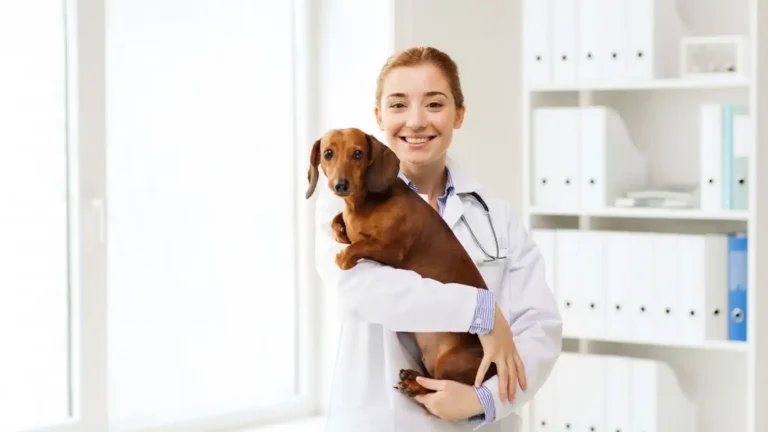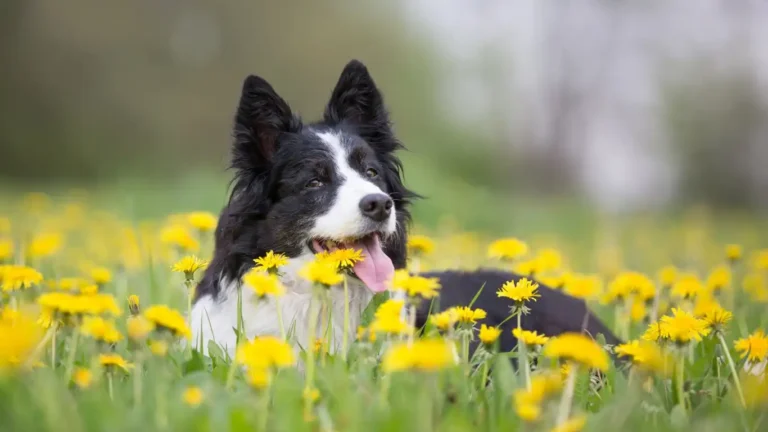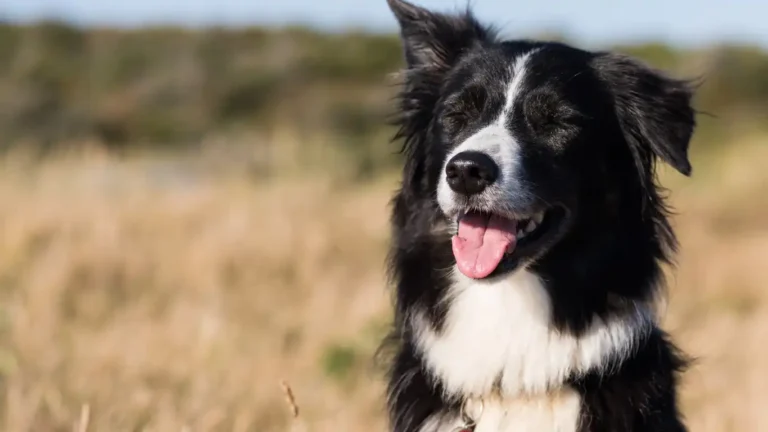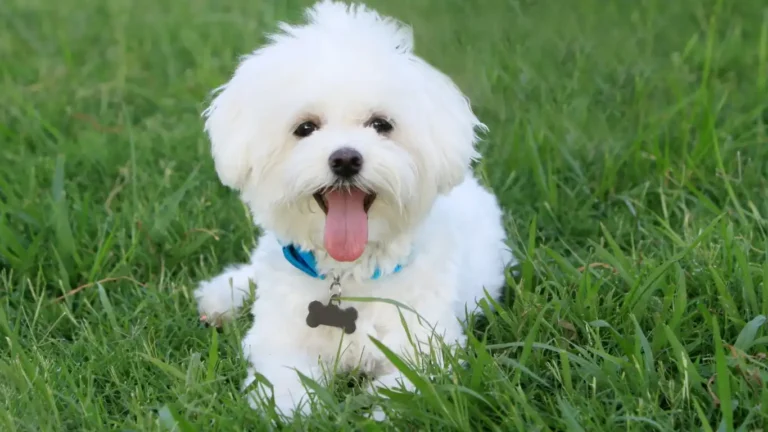How to Prevent Dog Overheating in Summer: Expert Tips for a Safer, Happier Pet
Summer can be a blast — beach days, hiking adventures, backyard BBQs. But if you’re like me, a seasoned Veterinary Technician and Nutrition Specialist, you know the hotter months also come with serious risks for our furry friends. One question I get a lot this time of year is: how to prevent dog overheating in summer. It’s such an important topic because heat-related illnesses can sneak up on even the healthiest pups faster than you’d think. Over the years, I’ve seen too many heartbreaking cases that could have been avoided with just a few tweaks to a dog’s summer routine. So, let’s dive into real-world, practical tips to keep your dog safe, cool, and happy during the scorching season!
Recognizing the Signs of Overheating in Dogs

Before we even get into prevention strategies, it’s super important to know what overheating looks like. I always tell my clients: dogs can’t just say, “Hey, I’m too hot!” — it’s up to us to catch the clues early. Here’s what I’ve seen most often in clinical settings:
- Excessive panting and drooling
- Bright red, blue, or pale gums
- Glassy or unfocused eyes
- Uncoordinated movements or collapsing
- Vomiting or diarrhea
- Rapid heart rate
If you notice any of these signs, it’s critical to act fast. Heatstroke can cause irreversible organ damage in minutes — no exaggeration! Trust me, I’ve been in those emergency room scrambles, and it’s a nightmare you want to avoid at all costs.
How to Prevent Dog Overheating in Summer: Practical Strategies

1. Timing Outdoor Adventures Right
One of the golden rules I share with every dog owner is: plan walks and playtime for cooler parts of the day. Early mornings and late evenings are your best bets. I usually recommend avoiding outdoor activities from around 10 AM to 4 PM — that’s when the sun is at its most brutal.
And yes, even if your dog seems “fine” running around at noon, that heat builds up internally fast. I’ve treated even athletic dogs like Huskies and German Shepherds who collapsed because they were just having too much fun to realize they were overheating!
2. Shade is Non-Negotiable
Another simple yet lifesaving tip: always provide access to shade. Whether you’re hanging out at the park or lounging in your backyard, dogs need a spot to escape direct sunlight. Portable pop-up tents, umbrellas, even a big leafy tree will do the trick. I’ve seen pet parents set up adorable shaded “cooling stations” with beds, fans, and bowls of fresh water — your dog will thank you for it!
3. Hydration, Hydration, Hydration
Honestly, I can’t stress this enough. Dehydration accelerates overheating. Always pack extra water for your dog when you head out, even if you’re just going on a short trip. And don’t forget to offer water often — some dogs are so distracted by excitement they won’t think to drink on their own.
- Use portable dog water bottles with attached bowls (they’re super handy!)
- Add ice cubes to their water for an extra cooling boost
- Bring electrolyte solutions approved by your vet for very hot days
Fun fact: some picky pups actually prefer chilled water over room temperature — I’ve seen it encourage better hydration, especially during the blazing afternoons.
Choosing the Right Cooling Products for Dogs
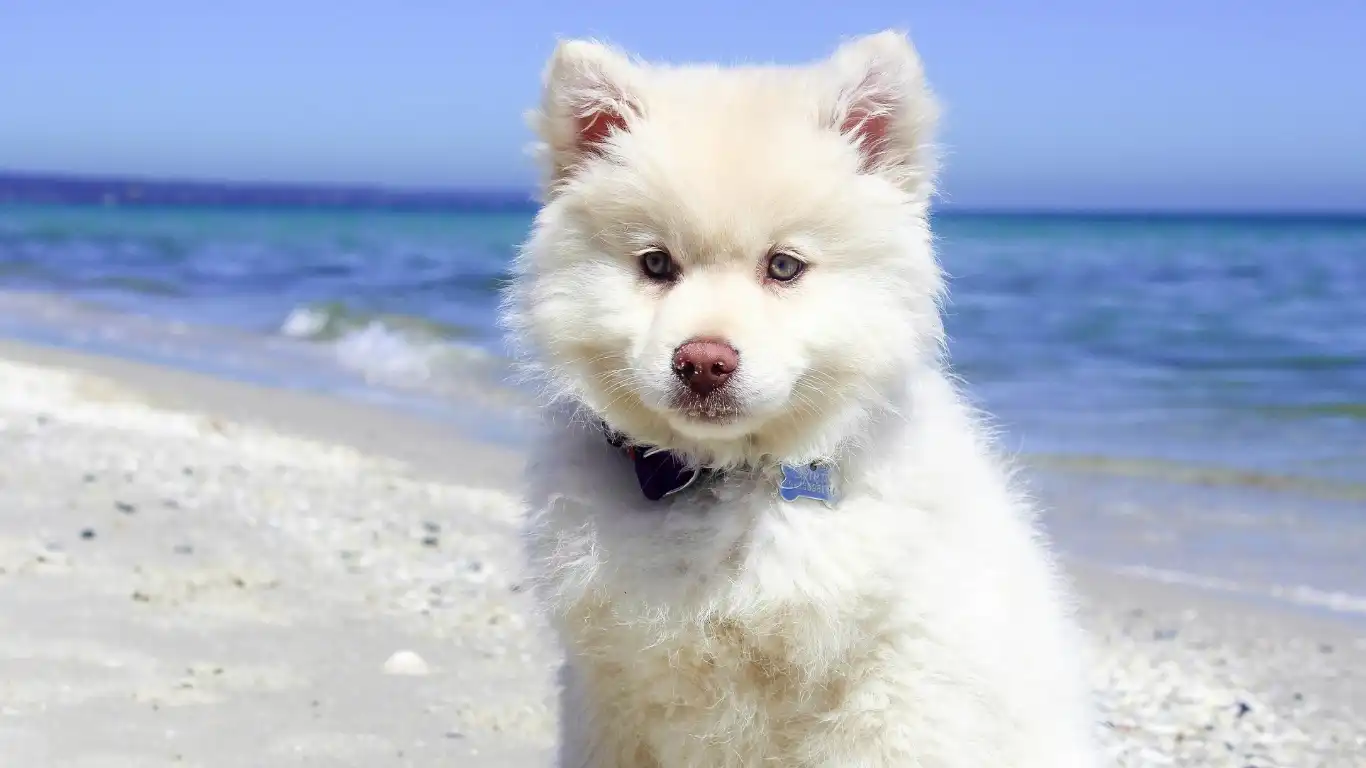
Today’s pet market is packed with awesome products designed specifically for summer safety. I’m a huge fan of using cooling vests and mats — they’ve made a big difference for many of my patients over the years, especially brachycephalic breeds like Bulldogs and Pugs who struggle extra hard with heat regulation.
- Cooling vests: These are lightweight, breathable, and use evaporative cooling to pull heat away from your dog’s body.
- Cooling mats: Great for indoor lounging! They activate with pressure and don’t even need electricity.
- Portable fans: Some dog-specific portable fans can attach to crates, strollers, or leashes.
Of course, not every dog loves wearing things, so I always recommend introducing gear slowly at home first. A few treats, a little patience, and lots of praise go a long way in making cooling gear a positive experience.
Breeds Most at Risk for Overheating

Now, while every dog can suffer in the heat if we’re not careful, some breeds are especially vulnerable. I’ve seen this firsthand more times than I can count — and honestly, it can happen faster than people realize. Knowing if your pup is at higher risk is a game-changer for prevention.
Here are some groups you should be extra cautious with during hot months:
- Brachycephalic breeds (short-nosed dogs like Bulldogs, Pugs, Boxers, and Shih Tzus)
- Thick-coated breeds (like Huskies, Malamutes, and Newfoundlands)
- Senior dogs and puppies (they can’t regulate their body temperature as efficiently)
- Overweight or obese dogs (extra insulation makes it harder to stay cool)
- Dogs with respiratory, cardiac, or metabolic health issues
In my clinic days, I remember one little French Bulldog named Rocky who came in with severe heat exhaustion after just a 20-minute walk on a warm morning. His owners thought it wasn’t “that hot yet.” It was heartbreaking — and a big wake-up call for them about just how quickly things can escalate.
Safe Cooling Treats and Foods to Beat the Heat
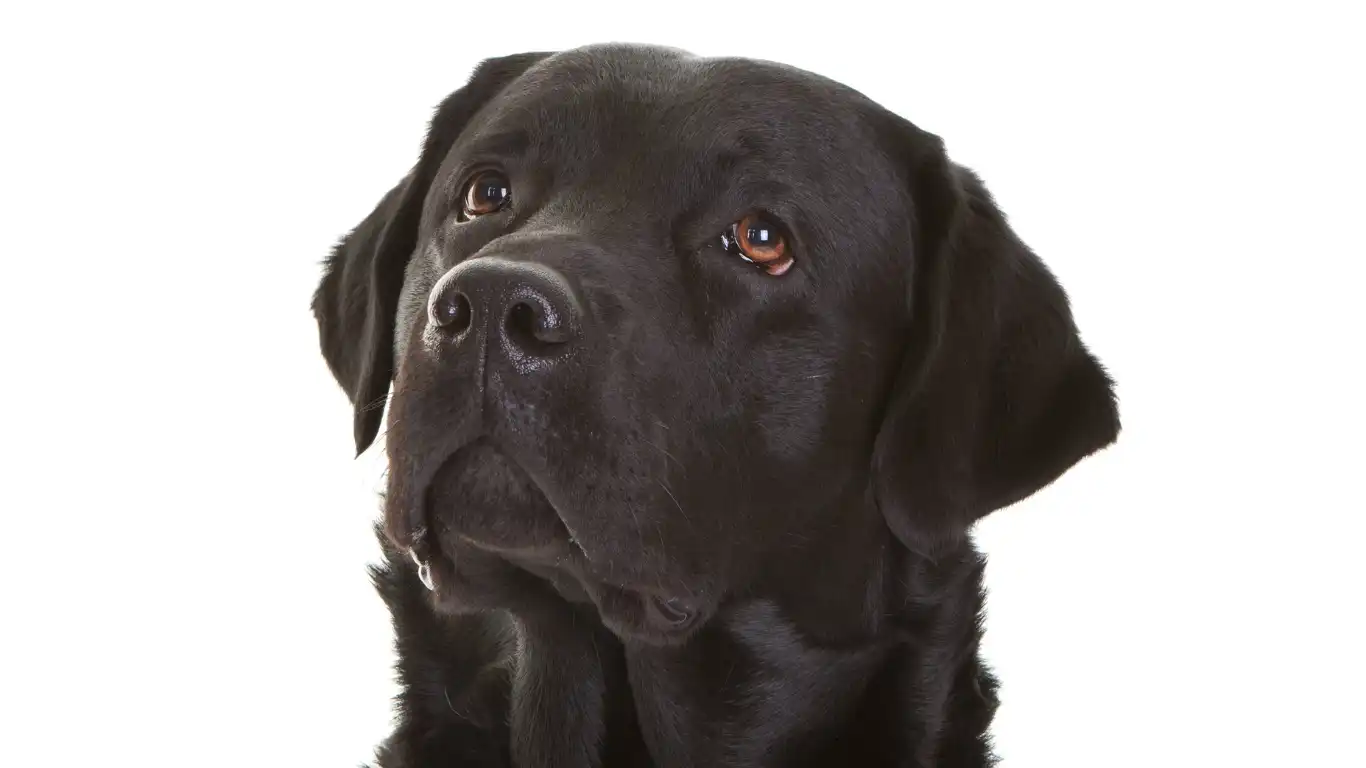
Besides shade and hydration, another sneaky-awesome way to help prevent overheating is through what your dog eats during summer. Yep — nutrition matters more than you might think! As someone who specializes in pet nutrition, I love recommending cooling treats to my clients that double as hydration boosters and yummy rewards.
DIY Frozen Dog Treat Ideas
- Frozen broth cubes: Use low-sodium chicken or beef broth, freeze into ice cube trays, and let your dog enjoy a chilly, savory snack.
- Fruit pupsicles: Blend dog-safe fruits like blueberries, watermelon (no seeds!), and strawberries, then freeze them into molds.
- Stuffed frozen KONGs: Mix plain Greek yogurt with banana or pumpkin, stuff it into a KONG, and freeze.
Pro Tip: Always check that ingredients are safe for dogs — no grapes, raisins, or anything with xylitol!
These little snacks aren’t just fun; they can actually help cool your dog’s core temperature when it’s blazing outside. Plus, they keep them mentally stimulated, which helps prevent boredom-induced antics — bonus!
Setting Up a Cool-Down Zone at Home

One thing I always recommend — especially if you live somewhere super hot like I do — is to create a dedicated “cool-down zone” for your dog. It doesn’t have to be fancy or expensive; a little thoughtfulness goes a long way.
Essentials for a Chill-Out Space:
- Fans or air conditioning: Good airflow is crucial. Even setting up a box fan pointed at your dog’s lounging area can make a difference.
- Cooling mats: As I mentioned earlier, these are lifesavers (literally!).
- Elevated dog beds: Raised beds allow air to circulate underneath, keeping your dog cooler than traditional floor beds.
- Plenty of fresh, cool water: Use wide bowls to encourage drinking — I sometimes add a second water station in a different room just to make sure it’s always accessible.
- Shaded areas outdoors: If your dog insists on being outside (some just love it!), make sure they have a shaded, breezy spot to hang out in.
When I worked at the clinic, we even recommended cool misting systems for outdoor spaces in extreme climates — not a must for everyone, but if you live in a desert-like area, it’s a worthy investment.
What NOT to Do When It’s Too Hot
Sometimes preventing dog overheating in summer is as much about what not to do as it is about what you should do. Over the years, I’ve seen well-meaning owners make some pretty risky moves without realizing the danger.
- Never leave your dog in a parked car — not even “just for a minute.” Cars turn into ovens terrifyingly fast, even with windows cracked.
- Avoid heavy exercise in the heat — save the long runs or intense fetch sessions for cooler evenings.
- Don’t rely only on shade — if it’s sweltering out, ambient temperatures can still cause overheating, even in the shade.
- Skip pavement walks during peak heat — hot asphalt can burn paw pads badly! Always test it with your hand first.
One quick test I share with clients: if you can’t comfortably place the back of your hand on the pavement for at least 7 seconds, it’s too hot for your dog’s paws. Simple but super effective.
When to Call the Vet Immediately
Even with all the prevention in the world, emergencies can still happen. If you suspect your dog is overheating or showing signs of heatstroke, time is critical. I’ve been on the emergency side of things — seeing dogs come in barely conscious — and I promise, early intervention saves lives.
Signs You Need Emergency Help:
- Collapse or extreme weakness
- Confusion or disorientation
- Seizures
- Bloody diarrhea or vomiting
- Very high rectal temperature (over 104°F/40°C)
If you see any of these symptoms, move your dog to a cooler area immediately, offer small amounts of cool (not icy) water, and get to a veterinarian ASAP. Don’t try to “wait and see” — it’s not worth the risk. And please, no ice baths — it can cause dangerous blood vessel constriction and make things worse.
How to Create a Summer Routine That Keeps Your Dog Safe
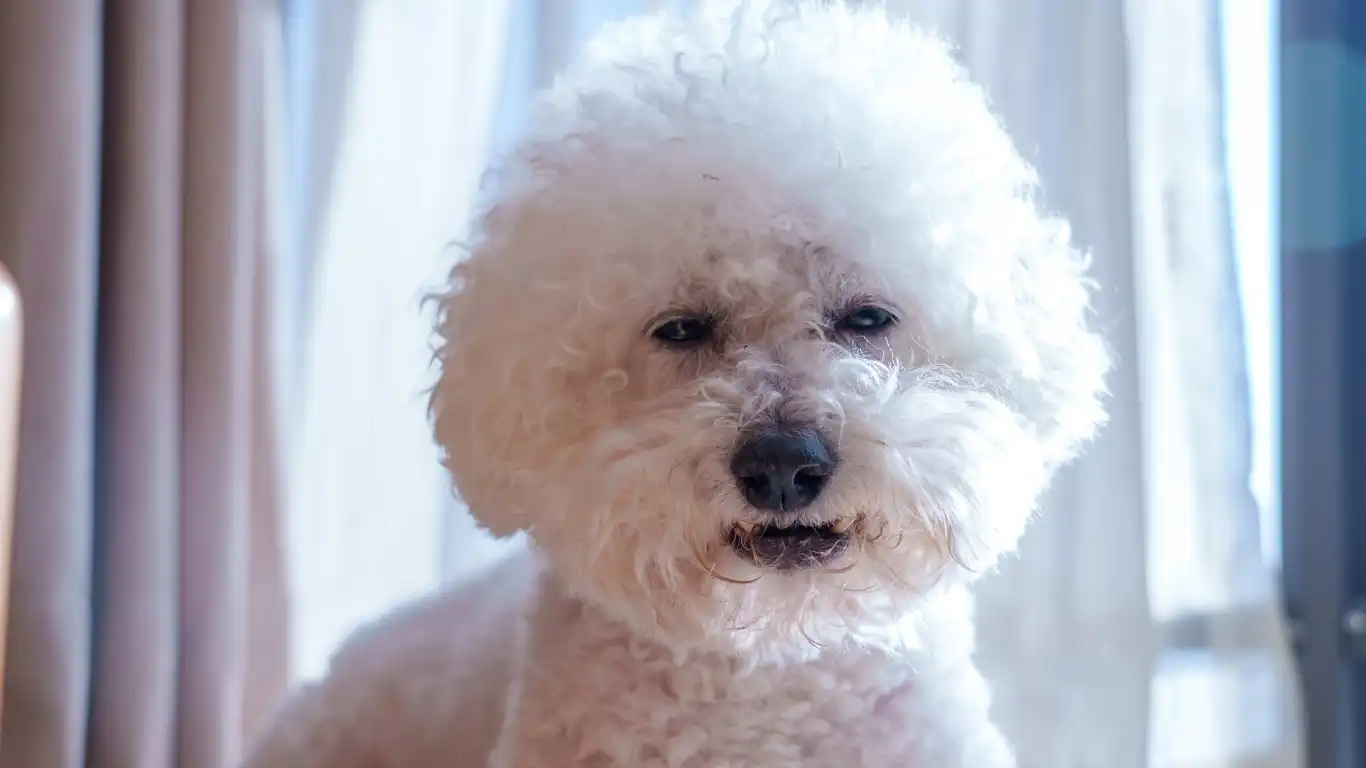
Building a summer routine that prioritizes your dog’s health isn’t just smart — it’s lifesaving. Over the years, I’ve seen how a few simple habits can dramatically cut the risk of overheating. And honestly, it’s not even that complicated. It’s just about being a little more intentional during those hotter months.
Daily Summer Checklist for Dog Owners
- Morning walk before 9 AM: Cooler temperatures = safer paws and easier breathing.
- Midday check-ins: Make sure your dog’s cool-down zone is comfy and that fresh water is available at all times.
- Minimal outdoor time between 10 AM–4 PM: Even lounging outside should be limited during peak heat.
- Frozen treats or hydration boosts: A simple way to sneak in some cooling fun.
- Evening stroll after sunset: Bonus points if you pick a shaded, grassy path instead of concrete sidewalks.
Consistency is key here. Dogs thrive on routine anyway, so folding these habits into your daily flow will make it easier for both you and your furry best friend.
Traveling with Dogs in Summer: Must-Know Tips

Planning a road trip, beach day, or maybe even some camping this summer? Traveling with dogs when it’s hot out adds an extra layer of responsibility. I’m a huge advocate for summer adventures with pets — but only if it’s done safely.
My Vet Tech-Approved Summer Travel Tips:
- Pre-plan rest stops: Map out places where you can safely stop for potty breaks and hydration, ideally every 2-3 hours.
- Keep car temperature cool: Use sunshades, blast the AC, and never, ever leave your dog unattended — not even for “just a minute.”
- Bring backup water: Always pack more than you think you’ll need. I once ran out of water during a hike with my Labrador, and let’s just say… lesson learned.
- Pack a portable cooling kit: Include a cooling vest, fan, foldable water bowls, and a first-aid kit with electrolyte supplements.
Also, if your dog’s traveling in a crate, make sure it’s well-ventilated and never covered in a way that traps heat. Little things like that make a big difference.
Frequently Asked Questions About Dog Overheating
After years in veterinary clinics and nutrition counseling, I can confidently say there are some repeat questions that come up every single summer. Let’s clear a few of them up right now!
Can I shave my dog to help them stay cool?
Surprisingly, shaving isn’t always the best idea. Some breeds have coats that naturally regulate temperature and protect against sunburn. Shaving can sometimes do more harm than good. AKC recommends grooming and de-shedding instead of full shaving unless your vet specifically advises it.
Is a wet towel on my dog enough to cool them down?
It helps a little, but honestly, it’s not the most effective method. Wetting your dog and providing airflow (like a fan) together works much better. Otherwise, the water can trap heat against the body instead of releasing it.
How much water should my dog drink in summer?
While it depends on size and activity level, a general rule of thumb is about 1 ounce of water per pound of body weight daily — and more if they’re active! Dehydration sneaks up fast when it’s hot out. You can learn more about signs of dehydration from trusted sources like PetMD.
Is swimming always safe for cooling off?
Swimming is fantastic exercise and cooling — if it’s safe and supervised. Always rinse your dog after pool time (chlorine irritation is real) and watch for exhaustion. Not every dog is a natural swimmer, despite what we often think!
Final Thoughts on Keeping Dogs Safe This Summer
If there’s one big takeaway I’d love every pet parent to remember, it’s this: your dog counts on you to recognize danger before they do. Dogs are incredibly tough and stoic — many will push through discomfort to stay with you or chase that ball just one more time. It’s our job to be the voice of reason for them.
Trust your instincts, create smart summer routines, and don’t be afraid to err on the side of caution. Honestly, preventing dog overheating in summer isn’t about paranoia — it’s about love, education, and preparedness. And if you ever feel unsure, don’t hesitate to call your vet. We’re here to help because we’ve seen what can happen when things go wrong — and we want nothing but safe, happy, tail-wagging summers for every pup out there.
References
Disclaimer
This article is intended for informational purposes only and does not substitute professional veterinary advice. Always consult your veterinarian regarding any questions or concerns about your dog’s health, especially during extreme weather conditions.

